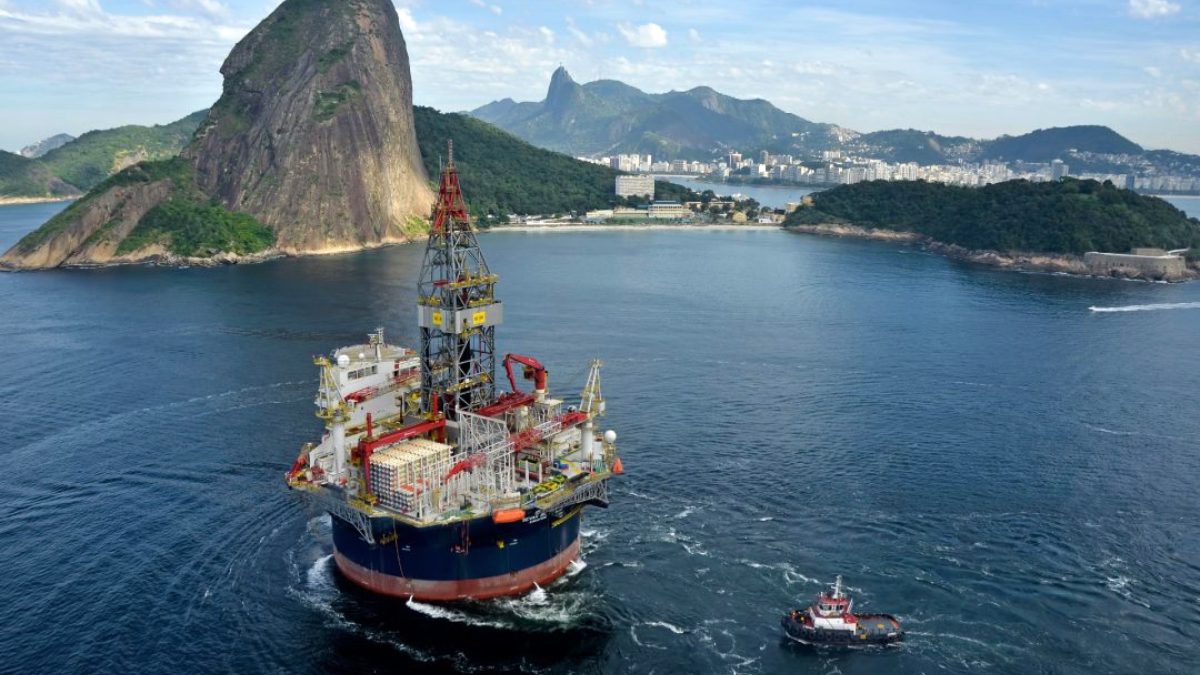New Fortress Energy will deploy its floating LNG vessel Sevan Driller to liquefy natural gas resources from the Lakach deepwater natural gas field off the coast of Veracruz, Mexico, in 2024
The deployment is part of a recent deal between NFE and Mexico state-owned oil company Pemex to develop the Lakach field and operate an integrated upstream and natural gas liquefaction project, which has the backing of Mexican President Andrés Manuel López Obrador.
Under the long-term agreements, the NASDAQ-listed NFE will develop the Lakach field over a two-year period by completing seven offshore wells, and deploy Sevan Driller, which is currently undergoing conversion at Sembcorp Marine in Singapore. With a capacity of 1.4 mta, the FLNG vessel will liquefy the majority of the produced natural gas. Sembcorp Marine has contracts with NFE for the conversion of two of the unique, cylindrical FLNG vessels, with the delivery of the first in H1 2024. The shipyard will fabricate and integrate the LNG topside modules. LNG produced in NFE’s Fast Liquefaction production facility will be stored in an LNG carrier moored alongside the FLNG.
NFE, known for its disruptive approach to developing stranded gas assets, is looking at the Mexican operation as a model for others.
“This arrangement represents the first of what we consider to be an ideal formula for the deployment of NFE’s FLNG units to stranded gas plays around the world – one that combines gas for domestic use with low-cost supply for LNG export into global markets,” saidNFE chairman and chief executive Wes Edens.
NFE forecasts the all-in cost of producing LNG at Lakach will be among the lowest in the world. This is one of five FLNG units that NFE plans to deploy over next two years, adding about 7.0 mta of incremental liquefaction capacity to the global market – more than half of the world’s total expected capacity additions during the 2023-2024 period.
While the Lakach deepwater natural gas field was discovered in 2007 and further exploration and development activities were carried out at the site, Pemex suspended further development amid oil price declines in 2014. It now feels the field is of “national interest”.
NFE andPemexbelieve the Lakach field will yield 10 years of production, with the possibility of extending the reserve life if the nearby Kunah and Piklis fields are developed. Coupled with these nearby fields, the area around Lakach has a total resource potential of 3.3 trillion cubic feet.






